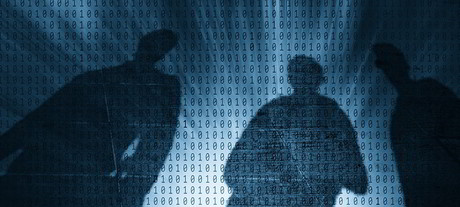Spotting and stopping the spectrum saboteurs

The SOCRATES project aims to shield the electromagnetic spectrum from disruption by malicious parties.
A new research project has been launched with the aim of developing a system for detecting threats to the electromagnetic space. Led by Spain’s IMDEA Networks Institute, the SOCRATES project has recently been awarded funding by NATO’s Emerging Security Challenges Division’s Science for Peace and Security Programme (SPS).
The collaborating partners on the project are the ElectroSense non-profit association of Switzerland (a crowd-sourcing initiative that collects and analyses spectrum data) and Katholieke Universiteit Leuven of Belgium.
The security of the electromagnetic spectrum has tremendous strategic importance to society. In particular, the wireless infrastructure that carries services such as cellular networks and GPS is especially critical.
However, the cost of commodity radio technology prices is now so low that access to it is no longer restricted to governments and network operators. It is now affordable to individuals, giving them the potential to become malicious intruders.
More frequent and more sophisticated threats from such infiltrators could wreak havoc and are among the most serious challenges faced by society. Unauthorised transmissions could threaten the operation of networks used by air traffic control systems, police, security and emergency services, for example.
The SOCRATES project will deliver a security system to protect the electromagnetic environment and the services and users that depend on it.
“SOCRATES will provide an accurate, autonomous, fast and secure system based on a novel and disruptive IoT (Internet of Things) architecture,” said Dr Domenico Giustiniano, IMDEA Research Associate Professor and coordinator of the project.
“By detecting and locating unusual RF signal and source activity it will identify intruders in the electromagnetic space, before a threat can become serious, learning about its physical layer features and its geographic location.
“IMDEA Networks will lead the investigation of the quality of spectrum sensors in a crowdsourced system, challenged by the large amount of data processed by the system, and of the distributed localisation of emitters, challenged by the lack of synchronisation among the spectrum sensors — two areas in which we build upon our extensive expertise.”
The SOCRATES solution will need to be suitable for real-world implementations. According to Giustiniano, the project plans to test the SOCRATES system in controlled and realistic conditions, operating in both licensed and unlicensed spectra. Experiments will showcase the system’s ability to detect the waveforms and wireless technologies of adversaries who are misusing wireless resources.
“We’ll also demonstrate how the physical location of an intruder can be swiftly identified. Adopting an agile approach, we’ll build, demonstrate and showcase early prototypes throughout the project,” he said.
By providing the capability to detect, identify and locate potential threats to electromagnetic infrastructure security, SOCRATES represents an important step in ensuring society’s readiness to respond effectively to them, and will shield economic and social structures from those who would harm them.
The project’s work will be concluded by May 2021.
Please follow us and share on Twitter and Facebook. You can also subscribe for FREE to our weekly newsletter and bimonthly magazine.
Originally published here.
2025–26 Thought Leaders: Tim Karamitos
Tim Karamitos from Ericsson discusses the connectivity requirements of emergency services and...
2025–26 Thought Leaders: Ruth Tovo
Comms Connect panellist Ruth Tovo, from the South Australian SES, discusses the technical...
ARCIA update: celebrating excellence in our industry
The ARCIA Annual Gala Dinner and Excellence Awards took place during the same week as Comms...



